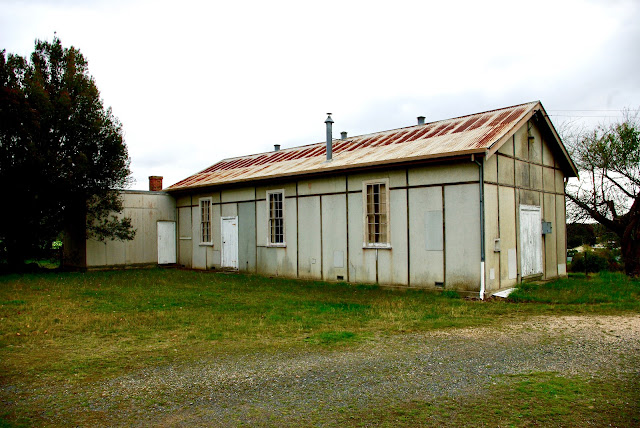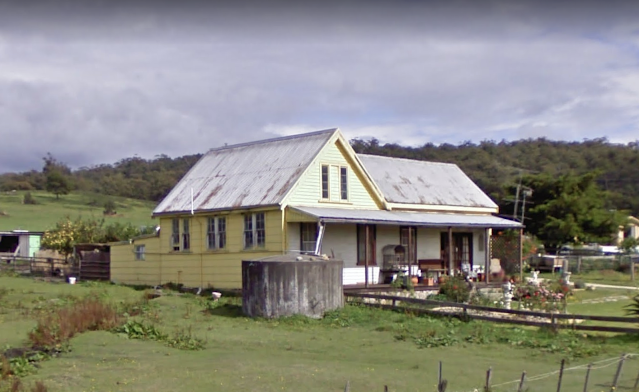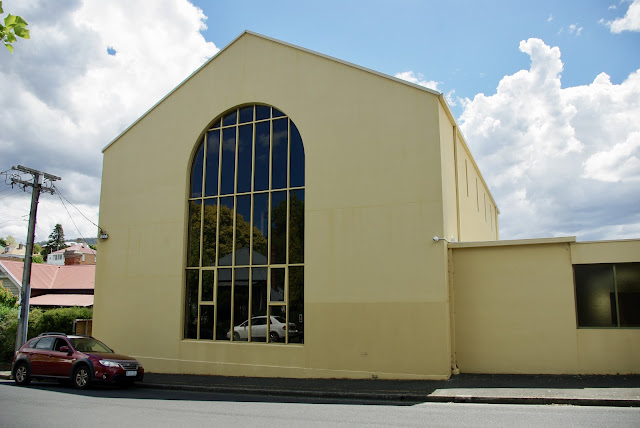No. 1295 - Railton - St John's Anglican Church Hall (1937)

This article is one of a series about buildings associated with Tasmania’s historical churches and religious orders. These buildings include Sunday schools, parish halls, convents, orphanages, schools and residences of the clergy. Ancillary buildings are often overlooked and rarely feature in published histories. My aim is to create a basic record of these buildings, including of those that no longer exist. Railton is a country town approximately 20 kilometres south of Devonport. Before the 1860s the settlement was known as Redwater Creek but this changed when a tramline was built through the area. The Anglican presence at Railton can be dated to 1885 and in 1888 a simple wooden church was built. [ see No. 1157 ] This was replaced by a new cement brick church in 1953. St John’s Hall predates the present church being built in 1937. Both the hall and the new cement brick church are heritage listed. The hall was officially opened on Saturday 13 November 1937 with the opening coinciding wi












%202.jpg)